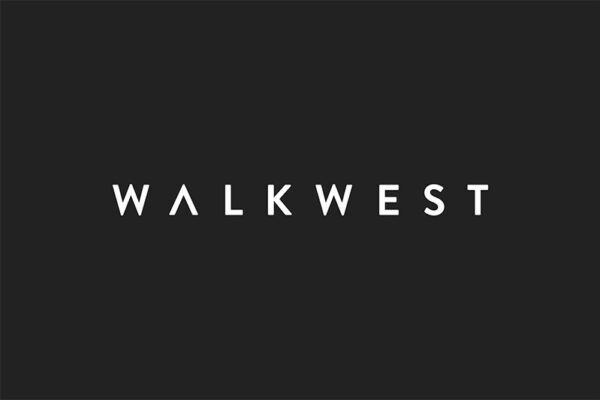With a click of a mouse, the Internet has become much more than a tool to display hypertext… it’s become its own development platform. No longer is it just a text and image renderer, rather it’s a device that has limitless potential to solve tasks from the everyday to the much more involved. And it’s all done with Internet Explorer, Firefox, and Safari (in that order).
The World Wide Web has become more and more able to handle more and more tasks since it’s earlier incarnations.
But the Web as an application platform has plenty of flaws. Chief among them are the bevy of clients available for the reading of web applications each of whom follow their own set of rules. By far, the most frustrating thing about developing simple websites to advanced applications is making sure each entity is cross-browser compliant. Although the browsers are becoming more standardized with each new release, there is still a very relevant dinosaur that rears its ugly head every time. That dinosaur is Internet Explorer 6. Conceived as a part of Windows XP and Windows Server 2003, Internet Explorer 6 achieved a usage of nearly 90% in 2002 and 2003. The Internet Explorer series has slowly been on a decline since the release of Mozilla’s widely popular Firefox browser and Apple’s Safari browser. However, many legacy web applications are only supported on the Internet Explorer 6 platform thus many corporate networks restrict the installation of other browsers or even more updated versions of Internet Explorer which are much more standards compliant than the IE6 dinosaur.
Non-standardization across browser platforms is perhaps the greatest challenge when building sites and applications. Unlike the packaging process used for desktop applications which uses operating system components to render display, Internet applications require developers to code specifically for not just different browsers but different versions of browsers as Internet Explorer 6 behaves much differently from 7 or 8.
Typeface restrictions are second on my list of pet peeves in developing for the Web. Web developers tend to stick with standard fonts (of which there are around 7 or 8 ) because browsers require the end-user to have the specific font installed on their computer for it to render correctly. It is possible to embed fonts inside of websites to have the user’s browser download a specific font and then rendering it correctly, but this method solves few problems as most fonts are commercially licensed. Without the permission to distribute a selected font, which most if not all companies will grant, then you cannot legally use this method.
A few patch methods exist, but the implementation is difficult and often requires the user to have flash installed and javascript enabled, which a majority do, but nonetheless will prohibit some mobile browsers from rendering correctly.
Although the Internet as a platform has a few flaws that must be dealt with on a case-to-case basis, the ease of installation and upgrading on the client end more than makes up for it. The Internet’s shortcomings are more than made up for since the Internet can essentially deliver enterprise-level applications without a single install (ok, maybe you’ll need a few ActiveX controls, Flash, or some other add-on) and without forcing the user to manually upgrade their product with a new release. Further, the good news is that with each new browser release or upgrade, standardization becomes more and more mainstream. The typeface issue will likely be resolved by the end of the year as a commercial solution is on the horizon of release. I’ll of course keep you updated.

